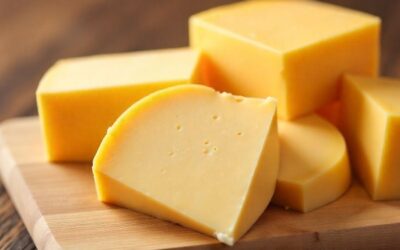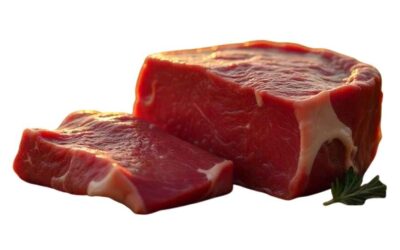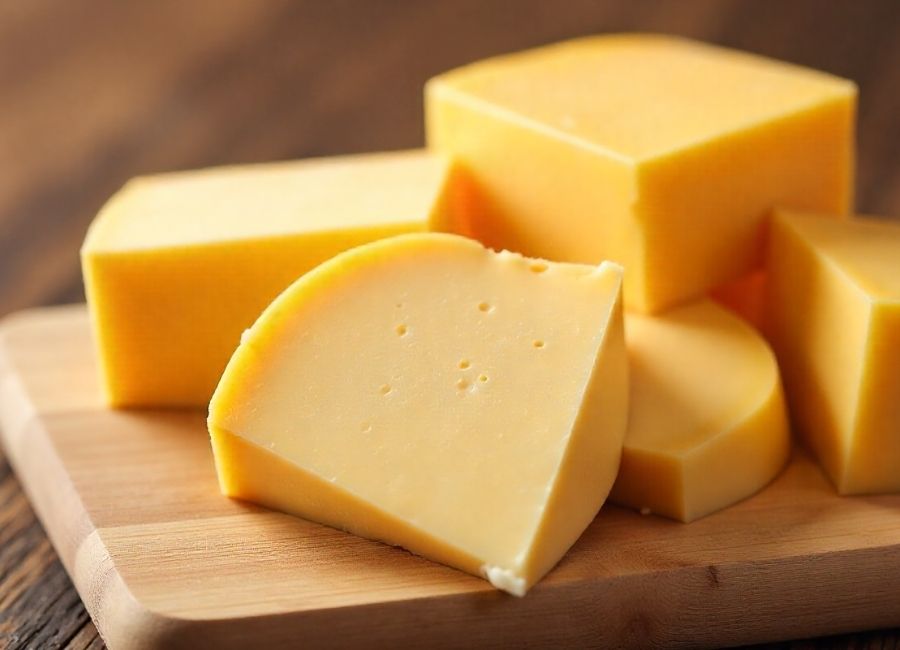Hard cheeses represent some of the most beloved and versatile dairy products in kitchens worldwide. These aged, firm-textured cheeses have captured the hearts of food enthusiasts for centuries, offering rich flavors and exceptional melting properties that make them indispensable in countless recipes.
Understanding hard cheeses goes beyond simply knowing their names. These dairy treasures undergo specific aging processes that transform their texture, intensify their flavors, and create the distinctive characteristics that set them apart from their softer counterparts. Whether you’re grating Parmesan over pasta, melting Cheddar in a grilled cheese sandwich, or savoring aged Gouda with wine, hard cheeses play starring roles in both everyday meals and gourmet experiences.
This comprehensive guide will explore everything you need to know about hard cheeses, from their defining characteristics to popular varieties, production methods, and culinary applications. You’ll discover how these remarkable cheeses are made, what makes them special, and how to incorporate them into your cooking repertoire.
Understanding Hard Cheese Characteristics
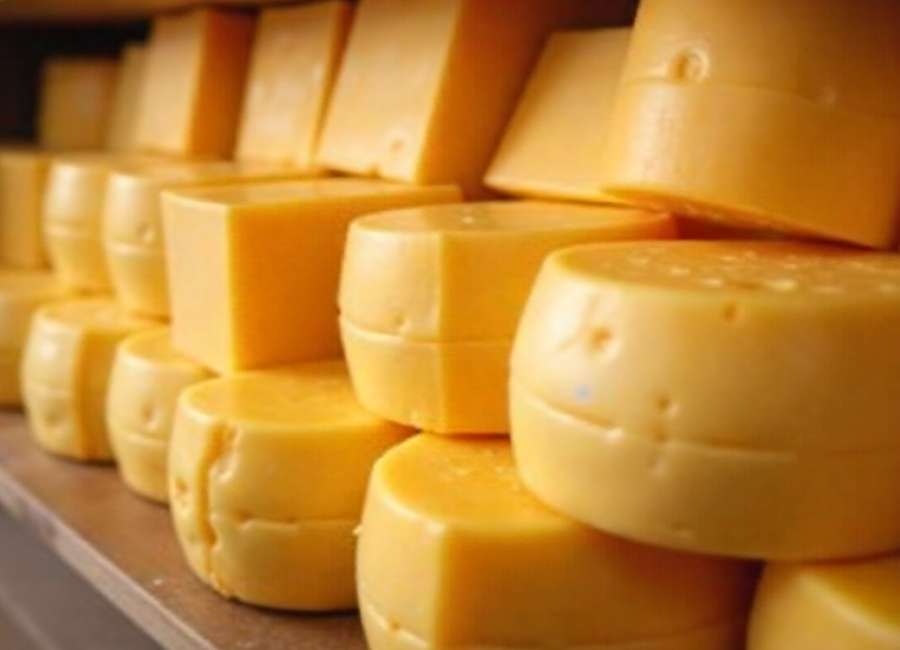
Hard cheeses are defined by their low moisture content, typically containing less than 56% water. This reduced moisture level results from extended aging periods that can range from several months to several years. During this time, the cheese develops its characteristic firm texture and concentrated flavors.
The aging process, known as affinage, occurs in carefully controlled environments where temperature and humidity are monitored precisely. As moisture evaporates, the cheese’s texture becomes increasingly firm, while beneficial bacteria and enzymes work to develop complex flavor profiles. This transformation creates the dense, often crumbly texture that makes hard cheeses perfect for grating and shaving.
Most hard cheeses develop natural rinds during aging, which protect the interior while allowing the cheese to breathe. These rinds can be edible depending on the variety, though many people prefer to remove them before consumption.
Popular Types of Hard Cheeses
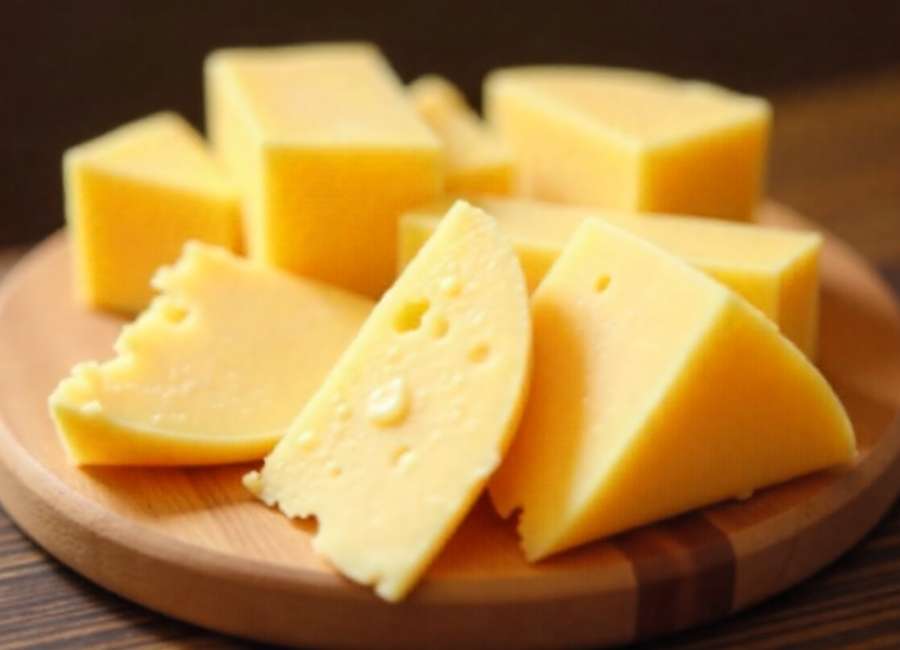
Parmesan (Parmigiano-Reggiano)
Perhaps the most famous hard cheese globally, authentic Parmigiano-Reggiano originates from specific regions in Italy and requires a minimum aging period of 12 months. Its granular texture and sharp, nutty flavor make it ideal for grating over pasta dishes, risottos, and salads. The cheese develops calcium lactate crystals during aging, creating the characteristic crunch that cheese lovers adore.
Cheddar
Available in various aging levels from mild to extra sharp, Cheddar cheese originated in England but is now produced worldwide. Young Cheddar maintains some flexibility, while aged varieties become increasingly hard and develop sharp, tangy flavors. The cheese’s versatility makes it suitable for everything from sandwiches to sophisticated cheese boards.
Gouda
Dutch Gouda transforms dramatically as it ages. Young Gouda remains semi-hard, but aged varieties develop incredibly hard textures with sweet, caramel-like notes and crunchy calcium crystals. Aged Gouda can be enjoyed on its own or paired with robust wines and craft beers.
Pecorino Romano
This Italian sheep’s milk cheese delivers intense, salty flavors and a hard, granular texture perfect for grating. Traditional Roman recipes often call for Pecorino Romano instead of Parmesan, particularly in dishes like Cacio e Pepe and Carbonara.
Manchego
Spain’s famous sheep’s milk cheese develops a firm texture and distinctive zigzag rind pattern during aging. Manchego offers nutty, slightly sweet flavors that pair beautifully with Spanish wines and complement both savory and sweet accompaniments.
The Production Process
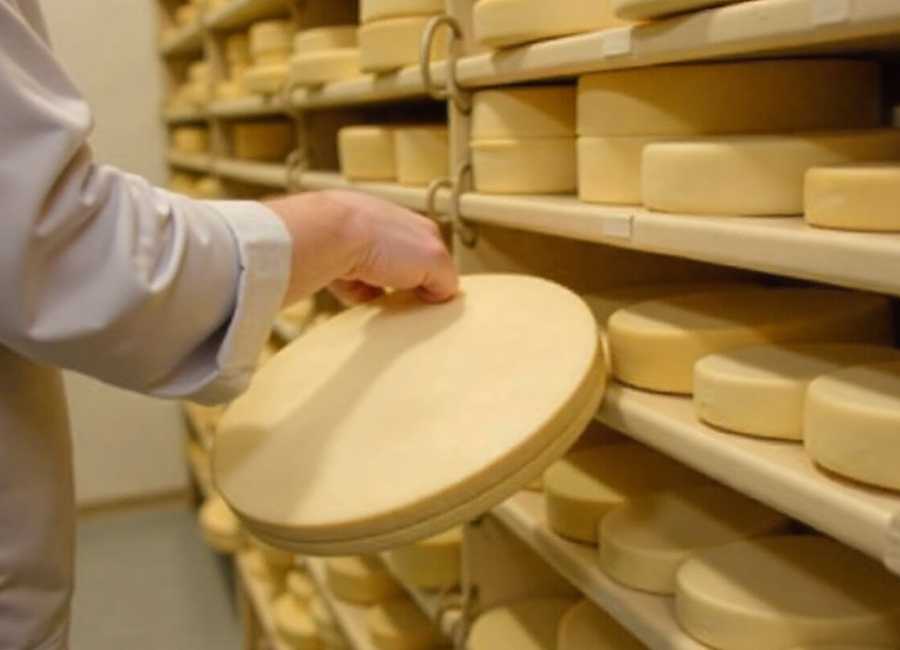
Hard cheese production begins with high-quality milk, which is heated and combined with starter cultures and rennet to form curds. The curds are cut, heated further to expel whey, then pressed to remove additional moisture. This pressing process is crucial for developing the dense texture characteristic of hard cheeses.
After initial forming, the cheese wheels are salted, either through dry salting or brining. Salt serves multiple purposes: it draws out moisture, inhibits harmful bacteria growth, and contributes to flavor development. The salted cheeses then enter aging rooms where they’ll remain for months or years.
During aging, the cheeses are regularly turned and their surfaces monitored. Some varieties receive special treatments, such as washing with brine solutions or coating with protective waxes. The extended aging period allows enzymes to break down proteins and fats, creating the complex flavors and firm textures that define hard cheeses.
Culinary Applications and Uses
Hard cheeses excel in applications where their firm texture and concentrated flavors shine. Their low moisture content makes them ideal for grating, allowing them to distribute evenly throughout dishes without creating soggy textures. This quality makes them perfect for pasta dishes, where finely grated hard cheese can coat noodles beautifully.
These cheeses also perform exceptionally well in cooking applications that require cheese to maintain its structure. Unlike soft cheeses that may become stringy or separate when heated, many hard cheeses melt smoothly while maintaining rich flavors. This characteristic makes them valuable for sauces, gratins, and baked dishes.
For cheese boards and entertaining, hard cheeses provide textural contrast when paired with softer varieties. Their intense flavors mean small portions deliver significant impact, making them cost-effective choices for special occasions. Many hard cheeses pair excellently with wines, craft beers, and artisanal accompaniments like honey, nuts, and dried fruits.
Storage and Handling Tips
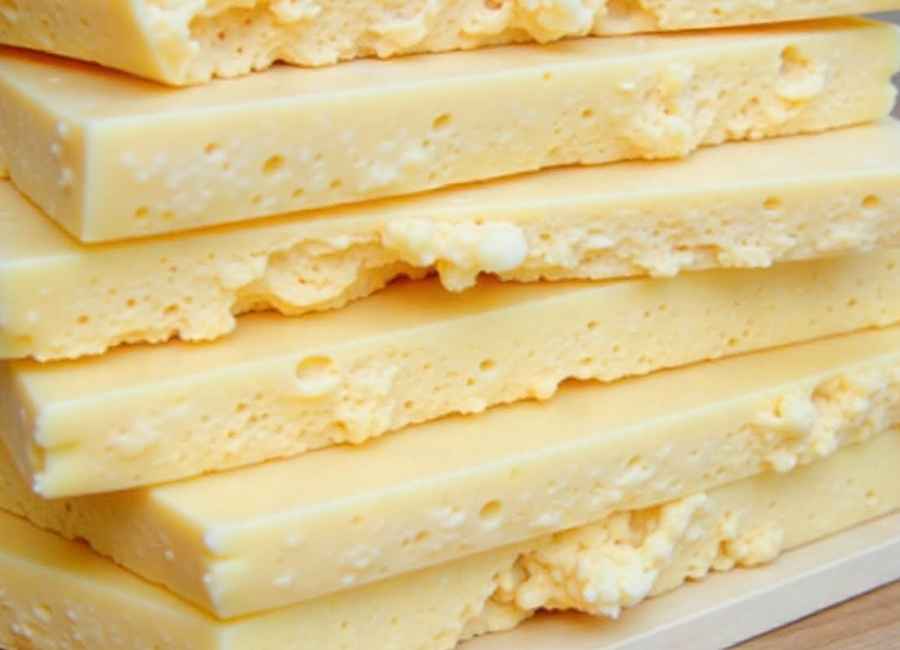
Proper storage is essential for maintaining hard cheese quality and extending shelf life. These cheeses should be wrapped in cheese paper or wax paper rather than plastic wrap, which can trap moisture and promote unwanted mold growth. If cheese paper isn’t available, parchment paper followed by loose plastic wrap provides adequate protection.
Hard cheeses benefit from refrigeration at temperatures between 35-40°F. They should be stored in the least cold part of the refrigerator, often the cheese or vegetable drawer, where temperature fluctuations are minimal. Many hard cheeses can be frozen for extended storage, though freezing may affect texture slightly.
Before serving, allow hard cheeses to come to room temperature for optimal flavor development. This process, called tempering, typically takes 30-60 minutes, depending on the cheese’s size and ambient temperature. Room temperature cheese delivers more pronounced flavors and improved mouthfeel compared to cold cheese served directly from refrigeration.
Nutritional Benefits and Considerations
Hard cheeses offer impressive nutritional profiles, delivering high-quality protein, calcium, and essential vitamins. The extended aging process concentrates nutrients while reducing lactose content, making many hard cheeses more tolerable for people with lactose sensitivities.
These cheeses provide substantial amounts of calcium, supporting bone health and dental strength. They also contain vitamin B12, riboflavin, and phosphorus, contributing to various metabolic functions. The protein content in hard cheeses includes all essential amino acids, making them complete protein sources.
However, hard cheeses are also calorie-dense and high in saturated fat and sodium. Moderation is key when incorporating them into a balanced diet. The intense flavors of hard cheeses mean small amounts can provide significant taste impact, naturally encouraging portion control.
Making the Most of Hard Cheeses
Hard cheeses represent some of the culinary world’s most treasured ingredients, offering unparalleled depth of flavor and versatility. Understanding their characteristics, production methods, and optimal uses empowers Home cooks and food enthusiasts to make informed choices and create memorable dining experiences.
Whether you’re exploring artisanal varieties at local cheese shops or incorporating familiar favorites into Family recipes, hard cheeses provide endless opportunities for culinary creativity. Their long shelf life, concentrated flavors, and diverse applications make them valuable additions to any kitchen.
Start experimenting with different hard cheese varieties to discover your preferences. Try pairing aged cheeses with complementary wines, incorporating them into traditional recipes, or simply savoring them on their own to appreciate their complex flavors fully.










